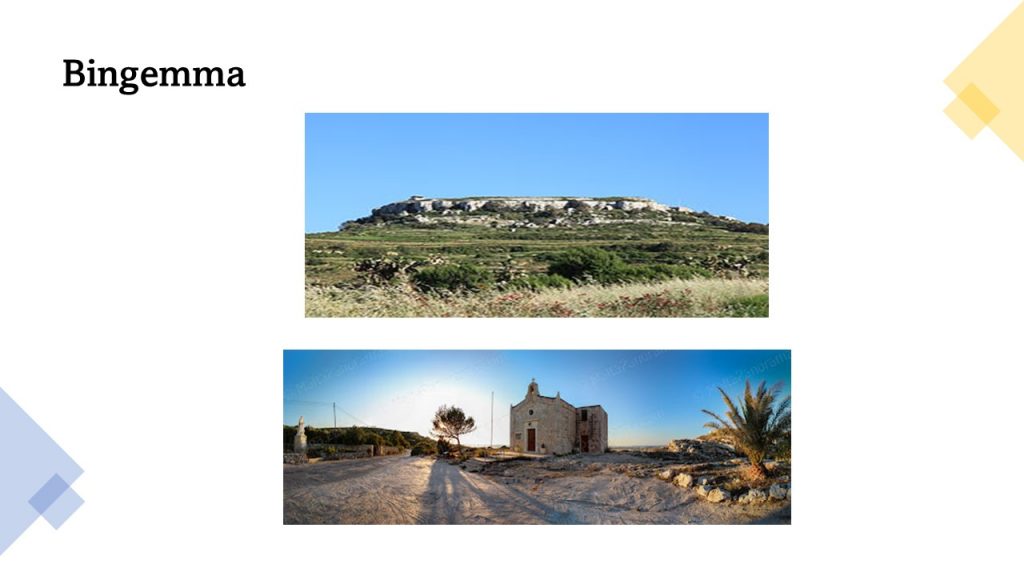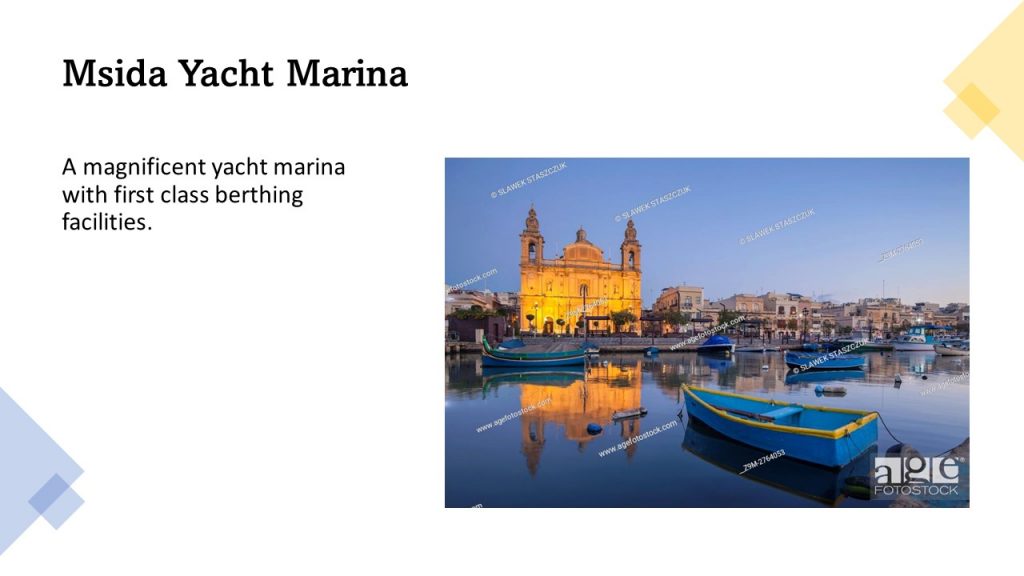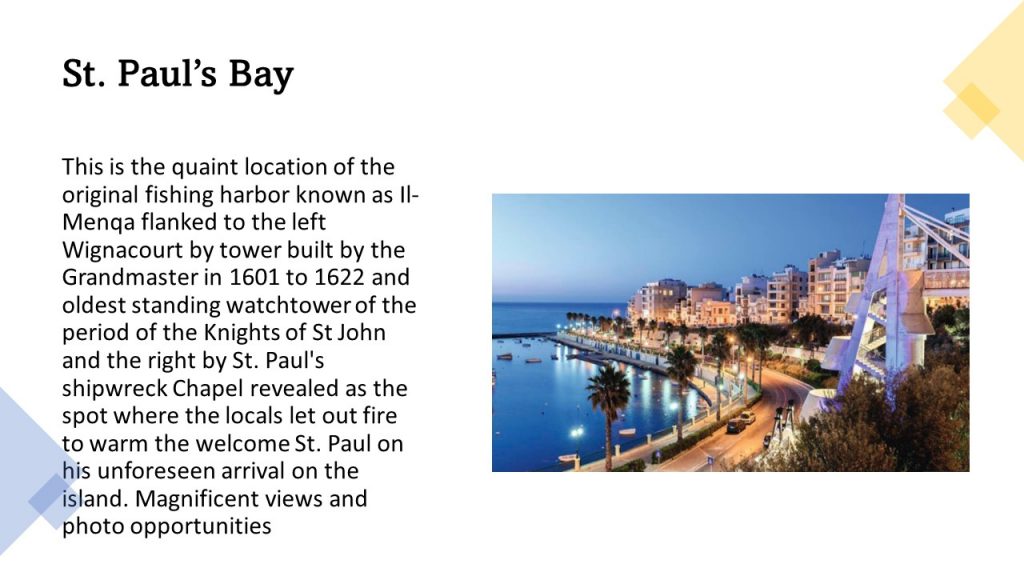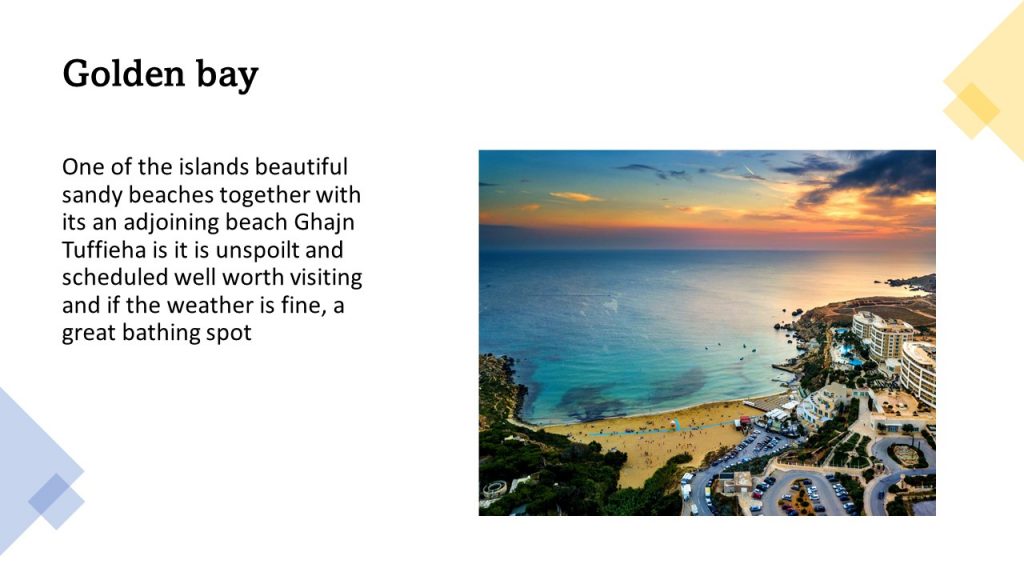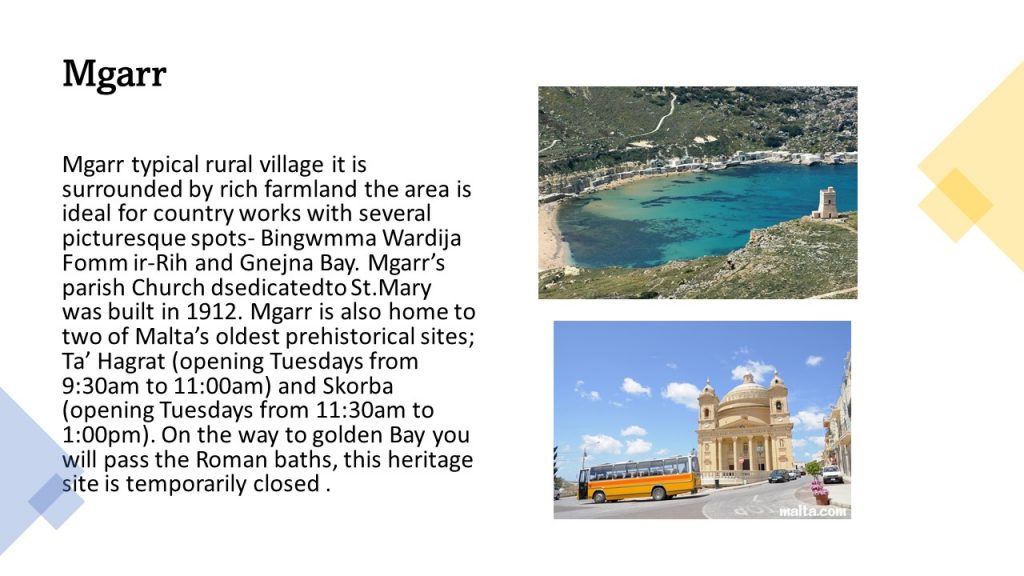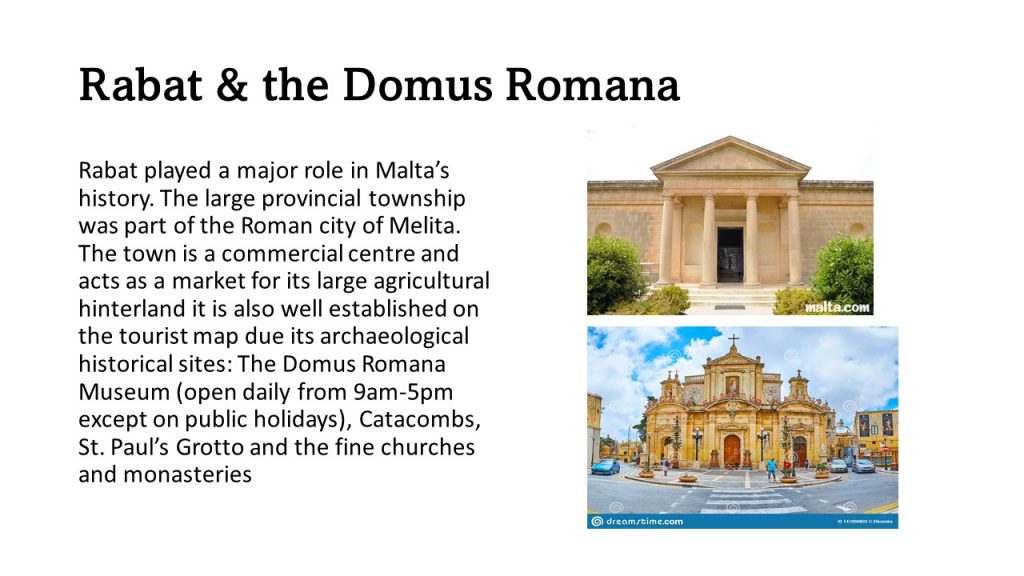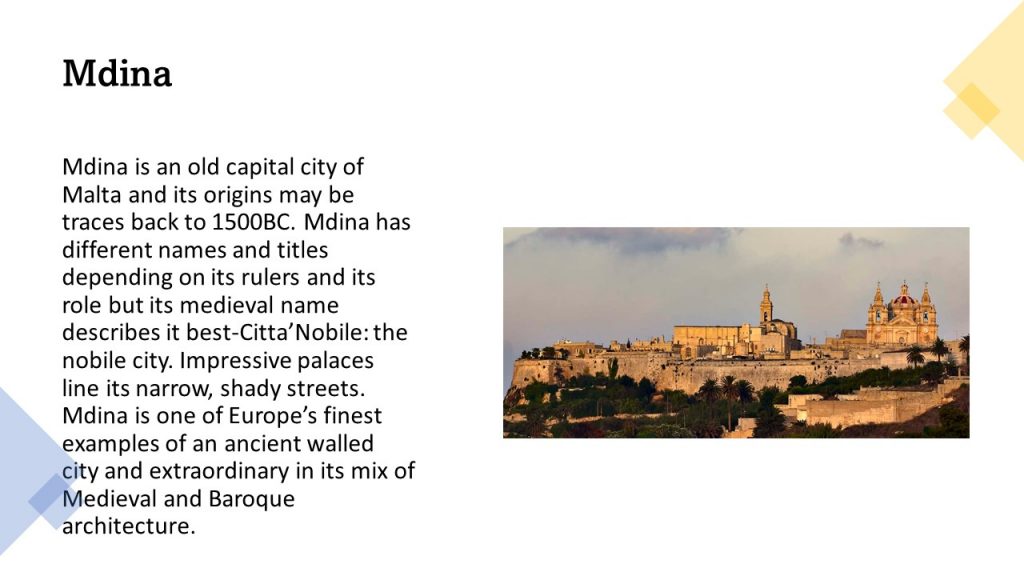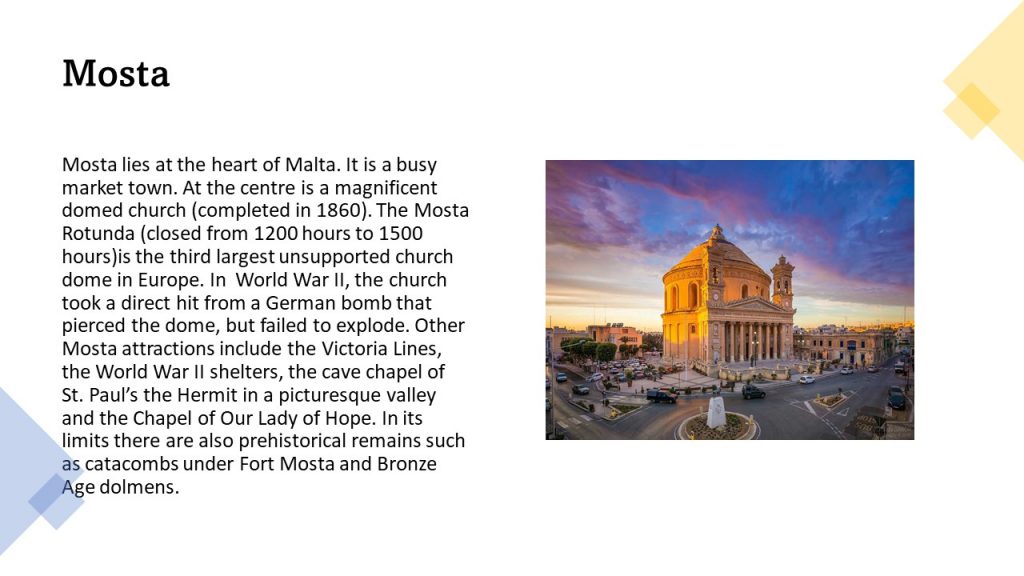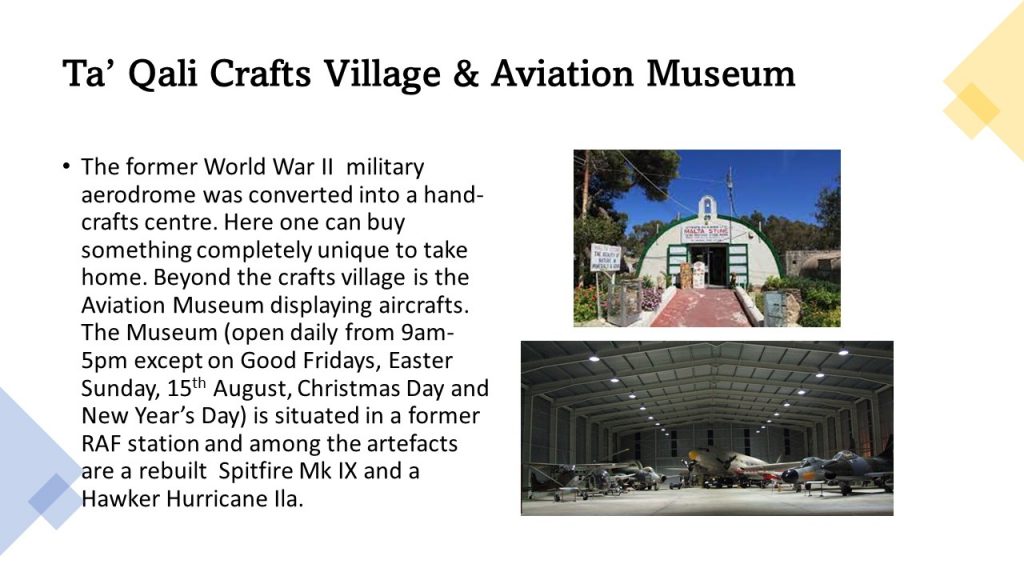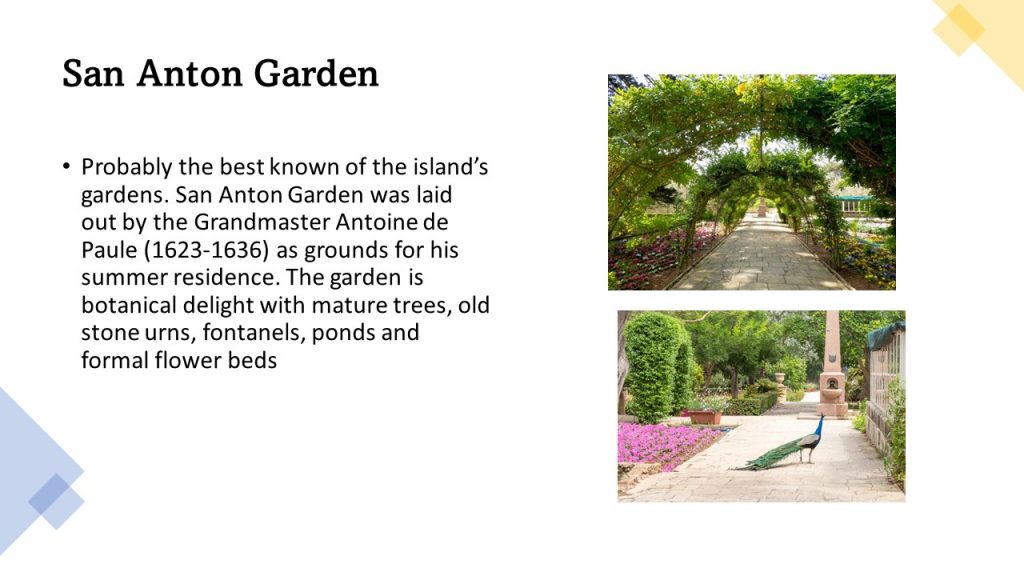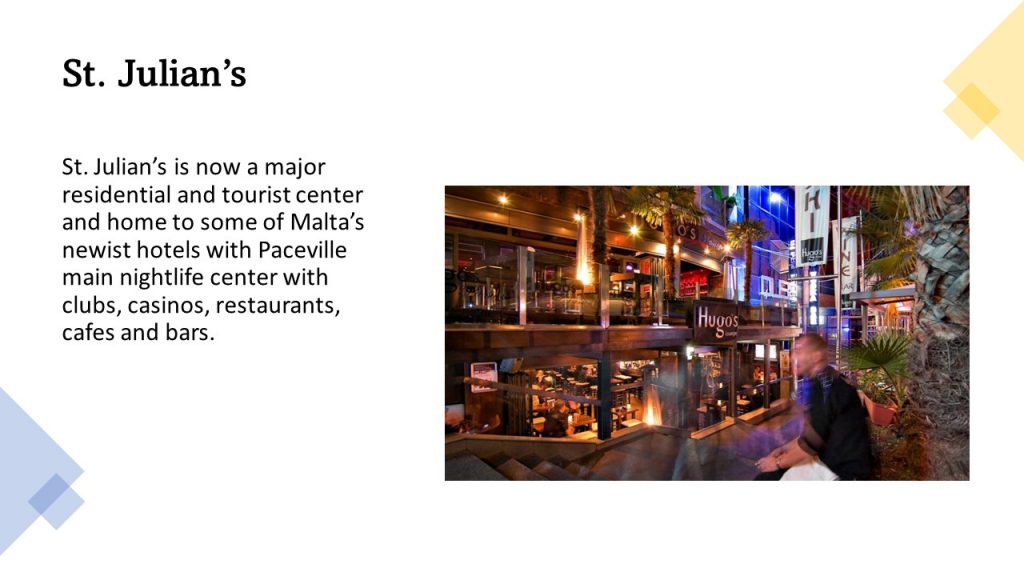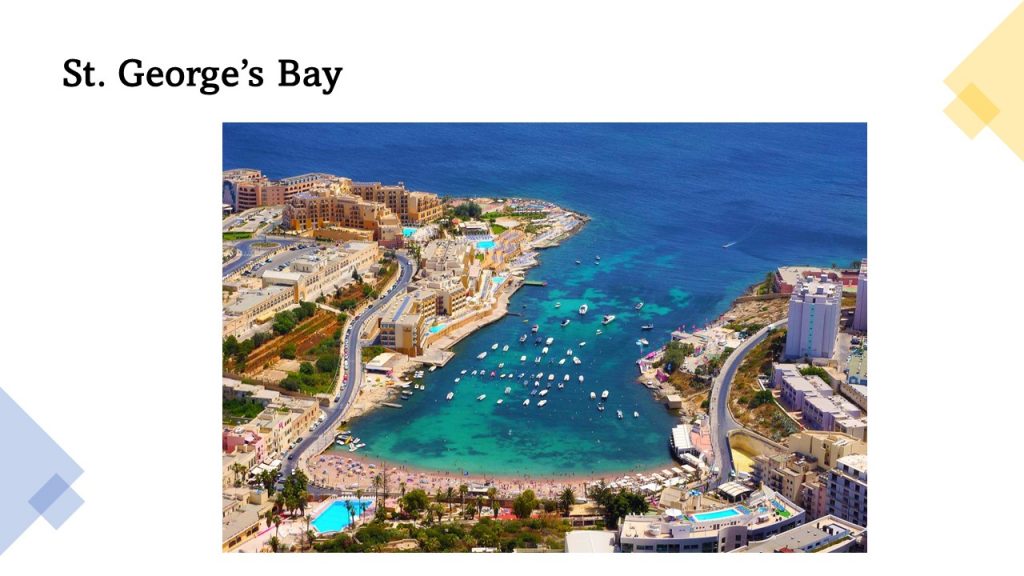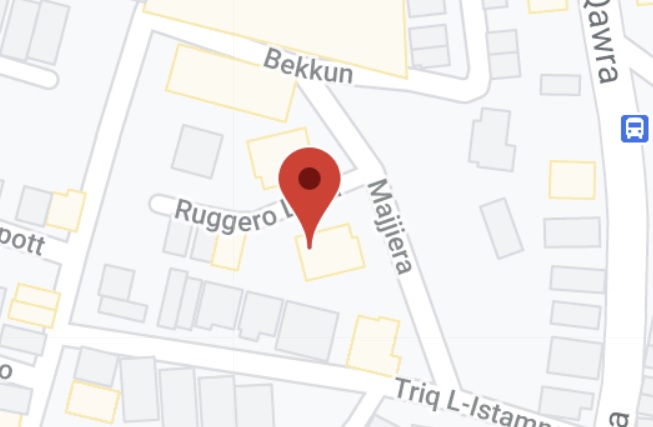Saint Paul’s Bay (Maltese: San Pawl il-Baħar, Italian: Baia di San Paolo) is a town in the Northern Region of Malta, sixteen kilometres (9.9 miles) northwest of the capital Valletta. Saint Paul’s Bay is the largest town in the Northern Region and the seat of the Northern Regional Committee along with being the most populous town in Malta.[1]
Its name refers to the shipwreck of Saint Paul as documented in the Acts of the Apostles on St. Paul’s Islands near St Paul’s Bay, on his voyage from Caesarea to Rome, which laid the foundations of Christianity on the island.
Burmarrad, Wardija, Qawra, Buġibba, Xemxija, and San Martin, as well as part of Bidnija and Mistra, form part of St. Paul’s Bay Local Council.[3] The area of the locality is 14.47 km2 (6 sq mi).
The population in 2018 was 23,112. This goes up to about 60,000 between June and September with Maltese residents and tourists lodging in hotels, especially in Buġibba and Qawra.
Heading north is Mistra Bay, its headland and St Paul’s Island. Going west and crossing the island towards Ġnejna Bay and Golden Bay is the scenic Wardija Ridge.
